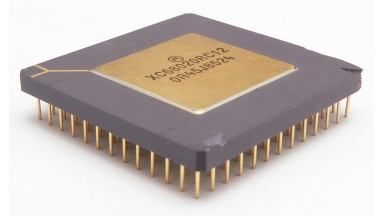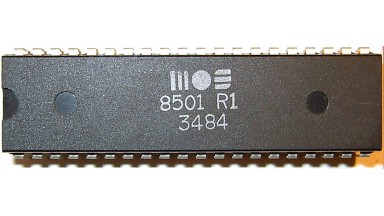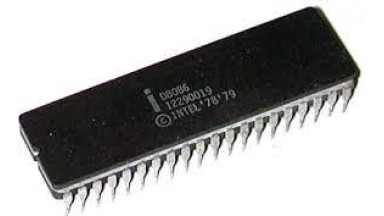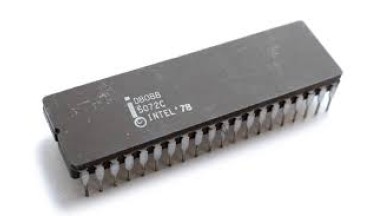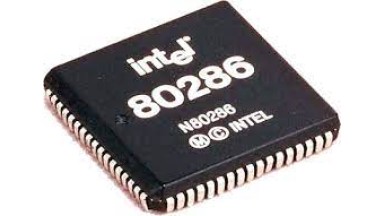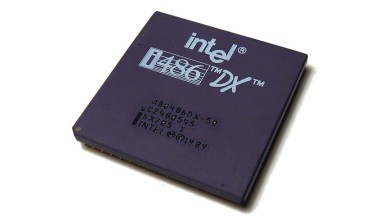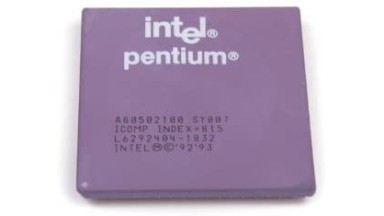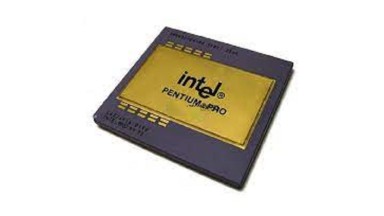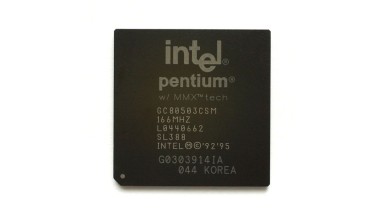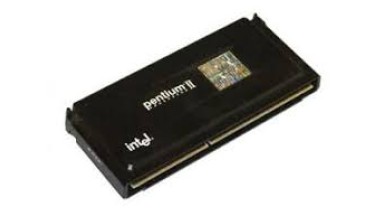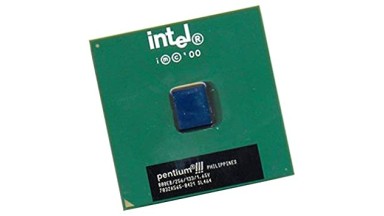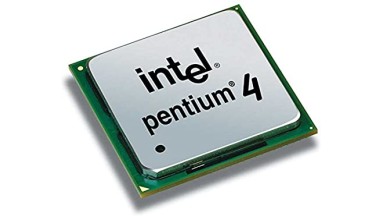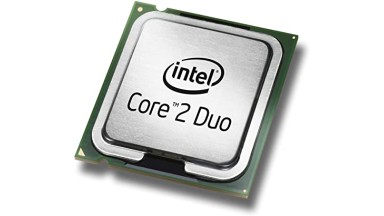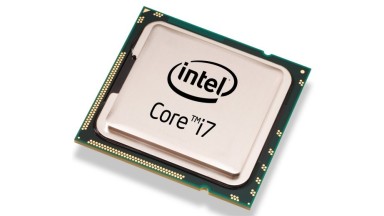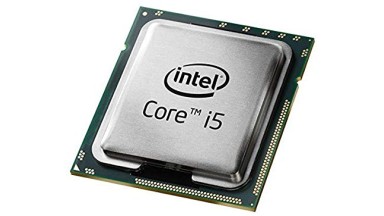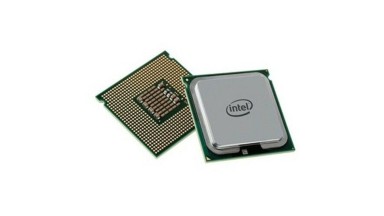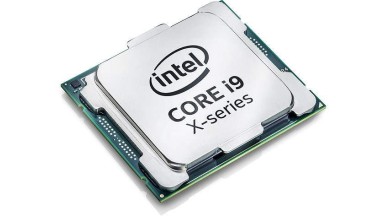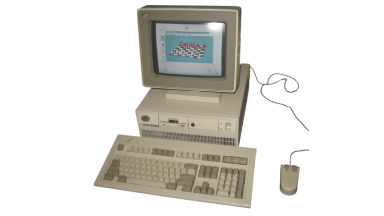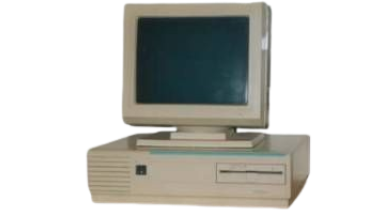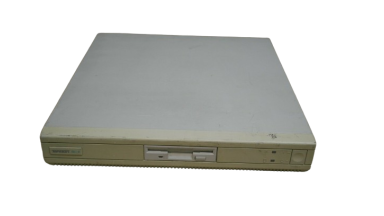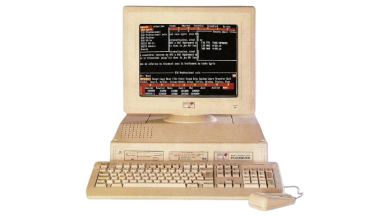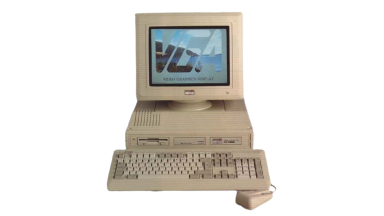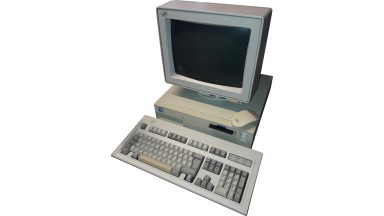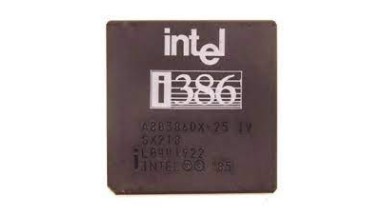
Intel 80386
Intel 80386 microprocessor technical specifications
Developed by: Intel
Launched: 1985
ALU bits: 32
Clock: 12 MHz
until 40 MHz
Family: x86
Bus: 32 bits
Mem. Address: 32 bits
Transistors: 275 000
Technology: 1.5 µm
Pin num.: 132 pins
Socket: PGA
Voltage: 5 V
One of the first 32-bit architecture processors.
The i387 Math Coprocessor
The i387 math coprocessor wasn't ready in time for the introduction of the 80386, so many early 80386 motherboards included a socket and hardware logic to make use of an 80287. In this configuration, the FPU ran asynchronously to the CPU, typically clocked at 10 MHz. The original Compaq Deskpro 386 is an example of this type of design. However, this was a nuisance for those who relied on floating-point performance, as the performance advantages of the 80387 over the 80287 were significant.
Next ->